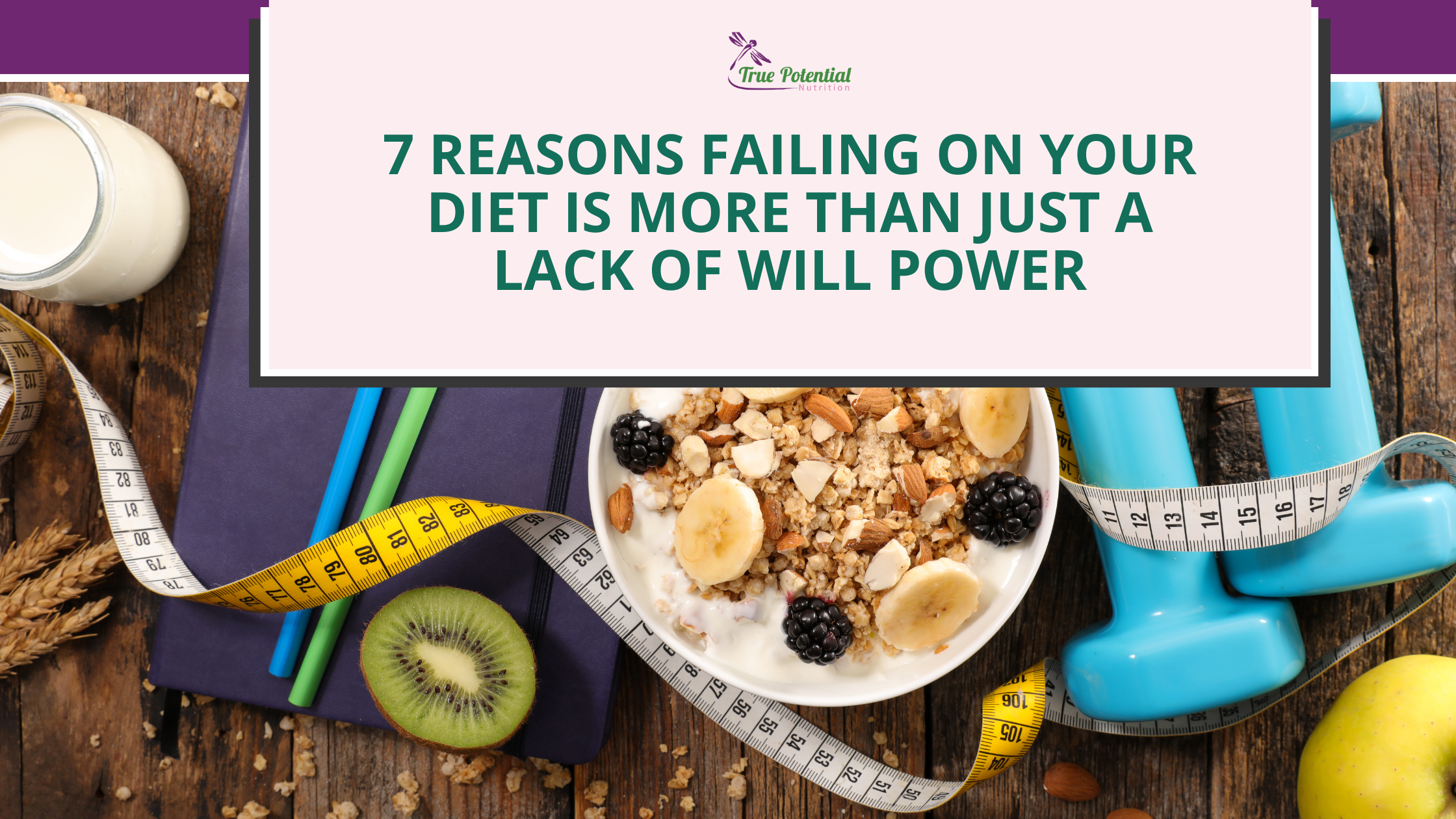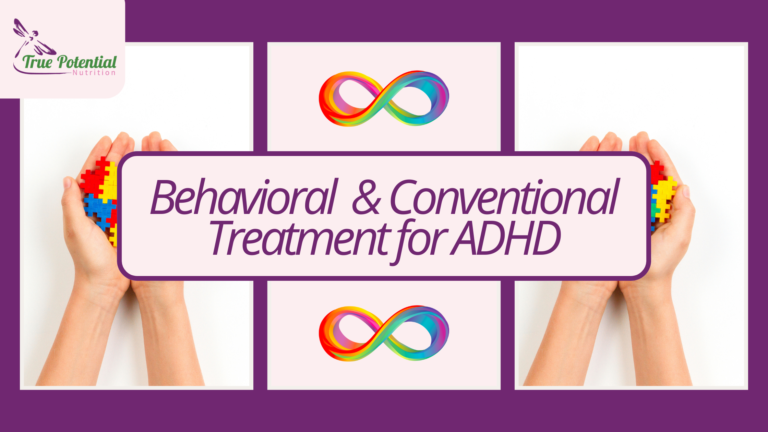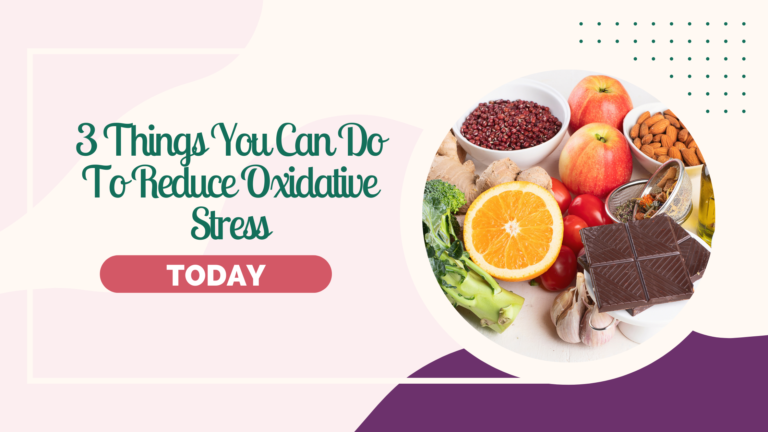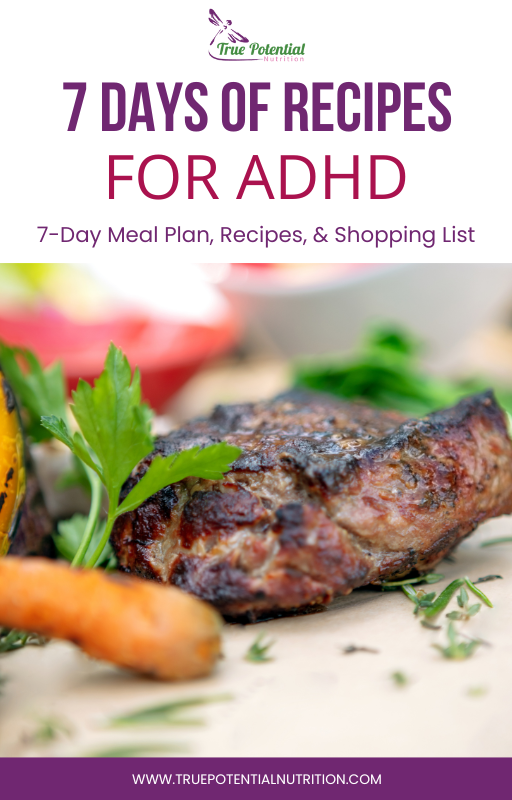By Danielle MacDowell
Main Takeaways
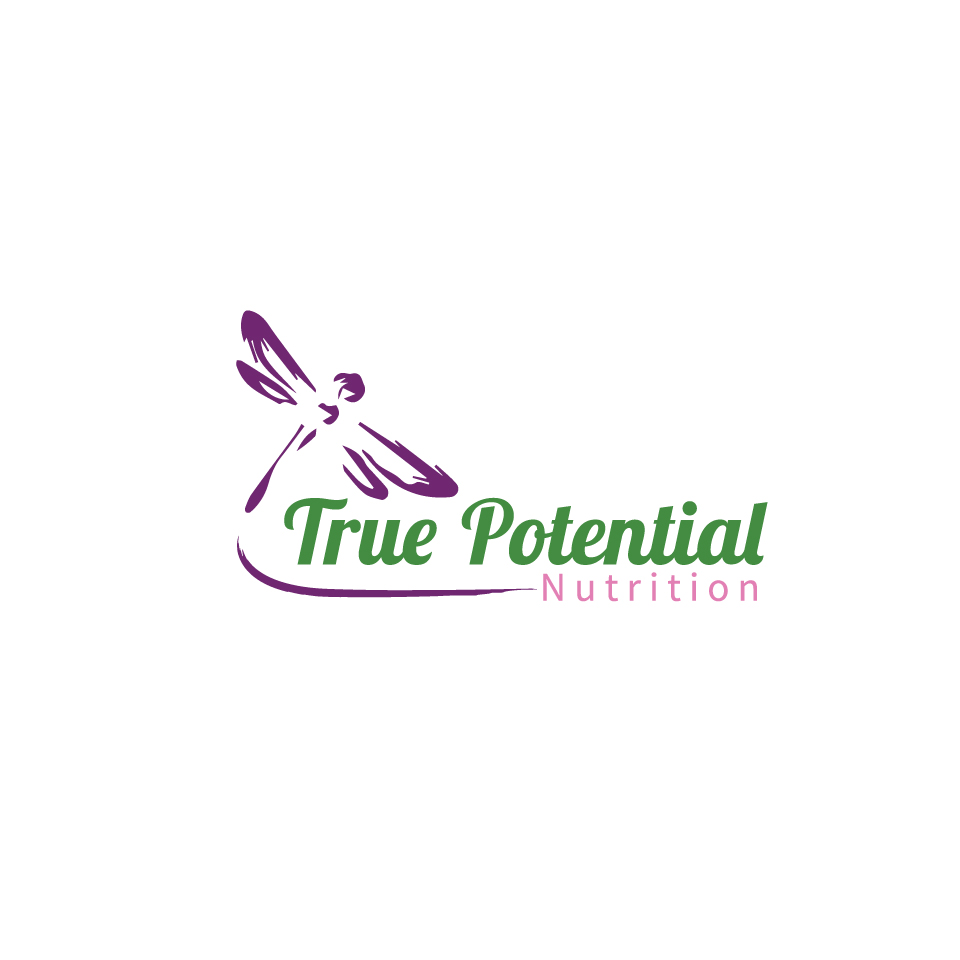
- Failing on a diet is much more than lack of willpower.
- Our body is hardwired to eat when food is around.
- When we eat, we get rewarded, which makes us want to eat more.
- We opt for comfort food because it gives us pleasure and (momentarily) overrides the feelings of sadness/anger.
- Palatable foods typically contain a combination of two, and sometimes, three of the following ingredients, fat, sugar, and salt. This combination of ingredients creates very tasty, high energy-dense foods, which can make these foods extremely difficult to resist.
- Hyperpalatable foods may have addictive qualities to them.
- There are five characteristics factored into food hedonics, visual appeal, aroma, flavor, and mouthfeel, making food extra hard to resist.
- Eating is often a result of habit, rather than hunger
- Fad diets are constantly being advertised around us, but it doesn’t mean the “latest and greatest” diet is a good fit for you.
- It is important to find a diet that is a good fit for you.
Table of Contents
While it can be easy to chalk up our latest diet fail to a lack of willpower. It may be helpful to know, it is rarely that simple. While willpower does play an integral role in any lifestyle modification, it is important to talk about the other notable factors, such as biological mechanisms and conditioned behavior, that play an influential role on our food choices.
By having a better understanding of how these variables impact our eating behaviors, we will be better equipped to adopt more healthful eating patterns while managing the inevitable obstacles.
With that, let’s dive in!
Reason 1: Your Choosing the Wrong Diet For You
With the continuous influx of new fad diets, the importance of choosing the right diet for you needs to be highlighted. Contrary to common belief and practice, there is “no one size fits all” diet. Between our genetics, our ancestral profiles, specialized health needs, and individual goals, there is no way that we could all fit neatly into one dieting box. However, many of the leading health advertisements would lead us to believe otherwise.
Before adopting a diet, I encourage you to do your homework and be really intentional with your diet selection. Diets often involve hard work and, at a minimum, some level of lifestyle change. So, you want to be able to enjoy the fruits of your labor by reaping your intended results.
Before selecting your next diet, it is worthwhile to ask yourself a couple questions to help guide your dieting journey:
- What are my goals?
- When would I like to achieve my goals?
- Are my goals and timelines realistic and can I accomplish them in a healthy way through this diet?
For example: for most individuals, losing 0.5-1 pound is a healthy and realistic weight loss strategy. However, dieting advertisements will lead many to believe that they should be striving for more weight loss, which in most cases is not the healthiest way to tackle dieting efforts. Not only could it be detrimental to one’s health, it can also set a person up for a higher likelihood of rebound.
- Is this a diet that I can maintain for the necessary period of time? (Or better yet, can I sustain it?)
- Does it provide my body with all of the important nutrients and enough calories that I need to be healthy and feel well?
There is “no one size fits all” diet. Between our genetics, our ancestral profiles, specialized health needs, and individual goals, there is no way that we could all fit neatly into one dieting box which is why it is critical to do your homework and be careful and intentional with your next dieting selection.
Reason 2: Evolution
Our biological hardwiring compels us to seek out food. After all, this is one of the few core mechanisms by which we survive. Not only does our biology drive us toward food, but it readily rewards us once we acquire food by stimulating “feel good” neurotransmitters. These feel good chemicals then activate motivational pathways, which further encourage us to actively seek out similar reinforcing stimuli. [1] This is particularly true with hyperpalatable foods (high fat and high sugar foods), which we will get into later in this blog.
Essentially, “eating promotes eating.” [1] We find the food. We eat the food. We get rewarded for eating the food. Our body creates motivational circuitry that encourages this cycle of finding, eating, and rewarding.
During the times of hunting and gathering, this cycle served us especially well. And don’t get me wrong, it continues to be an important part of our biology. However, during present time, many of us no longer need to be motivated to go out and seek food in the same capacity as our ancestors. Rather, many of us have boundless access to food. For this reason, this motivation-reward pathway can be difficult to quiet down, which can ultimately lead to overeating.
“Eating promotes eating.” [1]
We find the food. We eat the food. We get rewarded and the cycle continues.
Reason 3: Emotional Eating
As mentioned above, our biology, developed by the brilliance of evolution, has provided mechanisms that motivate us to seek out and eat food. These mechanisms fuel our motivational pathways by flooding our brain with feelings of pleasure when we eat.
Perhaps, this is why many people eat in response to their emotions instead of (or in addition to) their biological hunger cues. It is not uncommon for people to confuse their emotional drive to eat with their true hunger cues.
We have all watched the classic rom com scene where the heart-broken actor or actress finds comfort in an entire quart of ice cream. This scene is pretty common and for good reason. It is undeniably relatable.
Afterall, who hasn’t experienced the urge to dig into a bowl of ice cream in an effort to cast aside difficult emotions after a hard break up or a stressful day of work?
By opting for comfort food during times of stress, we essentially “eat our feelings away.”
While we are eating, food gives us pleasure, which momentarily overrides some of the less desirable feelings, such as sadness and anger. But what happens when we put down the spoon and stare down an empty carton of ice cream? Often, the temporary joy we experience while we are eating food is quickly replaced by feelings of guilt and shame, which can perpetuate the emotional-eating cycle.
Guilt and shame can further exacerbate overeating behaviors. So, for many of us, preventing emotional eating is going to be an important strategy to break the overeating cycle. However, due to the complexity of emotional eating, many people will need supports from a healthcare or mental health provider to help them overcome these challenging patterns.
*It is important to note that while the coverage of the topic of emotional eating is brief in this particular blog, the content deserves special recognition and more attention, as this is an area that many people struggle with and require specialized support systems. So, if any of this resonates with you, please know that you are not alone. As mentioned above, many people cannot get through this by themselves and seek out specialists.
We opt for comfort food because it gives us pleasure and (momentarily) overrides the feelings of sadness/anger. Due to the complexity of emotional eating, many people will need specialized supports to help them develop tools to overcome emotional overeating.
Reason 4: Hyperpalatable Foods
While our dopaminergic system (our reward system) is a byproduct of evolution and has fueled species survival for millions of years, it has also paved the way for the creation of hyperpalatable foods (a.k.a. foods that are really really delicious!).
Palatable foods contain a combination of two, and sometimes, three of the following ingredients: fat, sugar, and salt. This combination of ingredients creates very tasty, energy-dense foods, which can make these foods extremely difficult to resist.
Surprisingly, the notion behind food addiction remains controversial. However, processed foods, especially those with added sweeteners and fats have the strongest addictive potential. [2]
Think about the foods you crave most. Do you crave chips? Chips have salt and fat. Do you crave candy bars? Candy bars have sugar and fat. Do you crave cookies? You guessed it, sugar and fat. Not only are these the foods that are hardest to turn down, but exercising portion control with these foods can be very difficult. It may even feel near impossible at times.
Humans are not the only species to succumb to these hyperpalatable foods. Kessler [1] writes about a study conducted on rats by Sclafani & Springer (1976). Under normal circumstances, when given a typical diet, obese-prone rats were more likely to overindulge, while obese-resistant rats demonstrated more restraint. However, when both sets of rats were presented with a liquid containing fat and sugar, both subsets of rats overindulged. While I recognize that animal studies do not neatly translate to human studies, this study demonstrates just how enticing hyperpalatable foods can be.
Palatable foods contain a combination of two, and sometimes, three of the following ingredients: fat, sugar, and salt. Processed foods, especially those with added sweeteners and fats have the strongest addictive potential.[2]
Food for Thought: Gearhard [3] points out that you will not find a food in nature that has more than one of the three components (fat, sugar, salt) found in hyperpalatable foods. Perhaps….. this was nature’s regulatory mechanism to prevent us from overeating.

Reason 5: Hedonistic Value of Food
Let’s take a moment to pull back the curtain on the food industry. For many years now, food manufacturers have hired scientists to study and develop the perfect food experience for you.
Every morsel of today’s processed foods has been crafted for your pleasure, from the way it looks to the way it feels in your mouth. There are five characteristics factored into much of the processed food you eat, visual appeal, aroma, flavor, and mouthfeel. [1] So, in essence, when done correctly, all senses are stimulated in the presence of processed, scientifically manipulated foods.
Yes. Scientists and manufacturers go to extremes when they are developing the perfect food for you. But wait, don’t get me wrong. By perfection, I speak only of its hedonic value, not of its health value.
You must remember that the central goal of the food industry is to have you purchase, consume, and repurchase their food.
There are five characteristics factored into food hedonics, visual appeal, aroma, flavor, and mouthfeel.1 When food is perfectly crafted, all senses are stimulated in the presence of processed, scientifically manipulated foods, making the food difficult to resist.
Reason 6: Conditioned Behavior
Did you know that your body begins producing saliva at the sight of food? Heck, those digestive juices might begin flowing at the mere thought of food. If you think about it, in many ways, we are no different than Pavlov’s dogs.
Just as Pavlov’s dogs were conditioned to salivate at the sight of a bell, we have been conditioned too. We have been conditioned by advertisements, locations, noises, smells, and different environments. And, the list goes on… Did you know that just seeing a picture of bread or a picture of something we associate with bread can trigger us to head to the bakery? [4] It is no wonder that the advertisement industry is so lucrative; the industry has learned how to influence human psychology and behavior through images, videos, and slogans to achieve a specific goal, to get consumers to purchase the intended product or service.
So, next time you are experiencing a craving, ask yourself why you are craving the food you are craving. Is it a genuine nutritional need or is it merely a craving induced by a conditioned response?
Between the interplay of constant external food cues(e.g. advertisements) and biological internal cues (e.g. hormones), succumbing to these forces and indulging in hyperpalatable foods is hard to avoid.
Reason 7: Habits
Evolution, biology, food hedonics, and conditioned behavior are not the only parts of the complex eating behavior puzzle. Your daily habits play an integral role in eating behavior as well. Habits are the behaviors that we do regularly without thought. Certain habits can work in our favor, while others, like those associated with poor eating behavior, can be detrimental to our best dieting efforts.
It is not uncommon for eating to be a result of habit rather than hunger. For example, think about how often you habitually grab a snack before sitting down in front of the TV. I personally am guilty of this very thing. Especially after a long day of work. I also know that I am not alone.
Research shows that there is a positive association between obesity and screentime. [5] This is a particularly worrisome correlation because studies also show that we are more inclined to reach for that calorically-dense hyperpalatable food. This may be why increased screen time corresponds to unhealthy cardiometabolic biomarkers, such as high cholesterol levels, insulin resistance, and increased inflammation. [6]
Eating in front of the screen is an example of one habit that can be particularly problematic, but poor eating habits can take place anywhere, which is why we have to bring our habits to the forefront of our minds.
Being conscious of our automatic responses is a powerful and essential first step in habit reversal. Once we have established awareness of our behaviors, we can begin to develop strategies to overcome the habits that do not serve us and replace them with those that do.
Oftentimes, habits, rather than hunger, drive our eating behaviors. Being conscious of our automatic responses is a powerful and essential first step in habit reversal. This awareness will allow us to resume our power over our behaviors.
Final Thoughts and Main Takeaways
As you can see there are a number of factors influencing our eating patterns. Understanding how our biology, psychology, and our environments feed into our behaviors will ultimately help us to set intentional holistic plans to help us stay the course on our next dieting journey. It is worthwhile to identify our goals, set realistic timeframes, and select diets that meet our nutritional and wellness goals. It is also important to understand that true lifestyle changes do entail hardwork and there is rarely a quick-fix solution. However,it is doable, especially with solid dedication and perseverance. This doesn’t mean that there won’t be slips along the way. In fact,expect them and learn from them. You got this.
- Kessler, D. The End of Overeating. New York, New York: Rodale Books; 2009
- Gordon EL, Ariel-Donges AH, Bauman V, Merlo LJ. What Is the Evidence for “Food Addiction?” A Systematic Review. Nutrients. 2018;10(4):477. Published 2018 Apr 12. doi:10.3390/nu10040477
- Food and addiction: What is food addiction and how is it measured in humans? [University of California Television podcast]. Ashley Gearhardt. https://podcast.uctv.tv/vod/18562.mp4. Accessed on May 25, 2020.
- Watson P, Wiers RW, Hommel B, Gerdes VEA, de Wit S. Stimulus Control Over Action for Food in Obese versus Healthy-weight Individuals. Front Psychol. 2017;8:580. Published 2017 Apr 13. doi:10.3389/fpsyg.2017.00580
- The Forum Harvard T.H. Chan School of Public Health. Why We Overeat: The Toxic Food Envionment and Obesity. 2013. Available at https://theforum.sph.harvard.edu/events/why-we-overeat/ Accessed May 31, 2020.
- Robinson TN, Banda JA, Hale L, et al. Screen Media Exposure and Obesity in Children and Adolescents. Pediatrics. 2017;140(Suppl 2):S97‐S101. doi:10.1542/peds.2016-1758K
